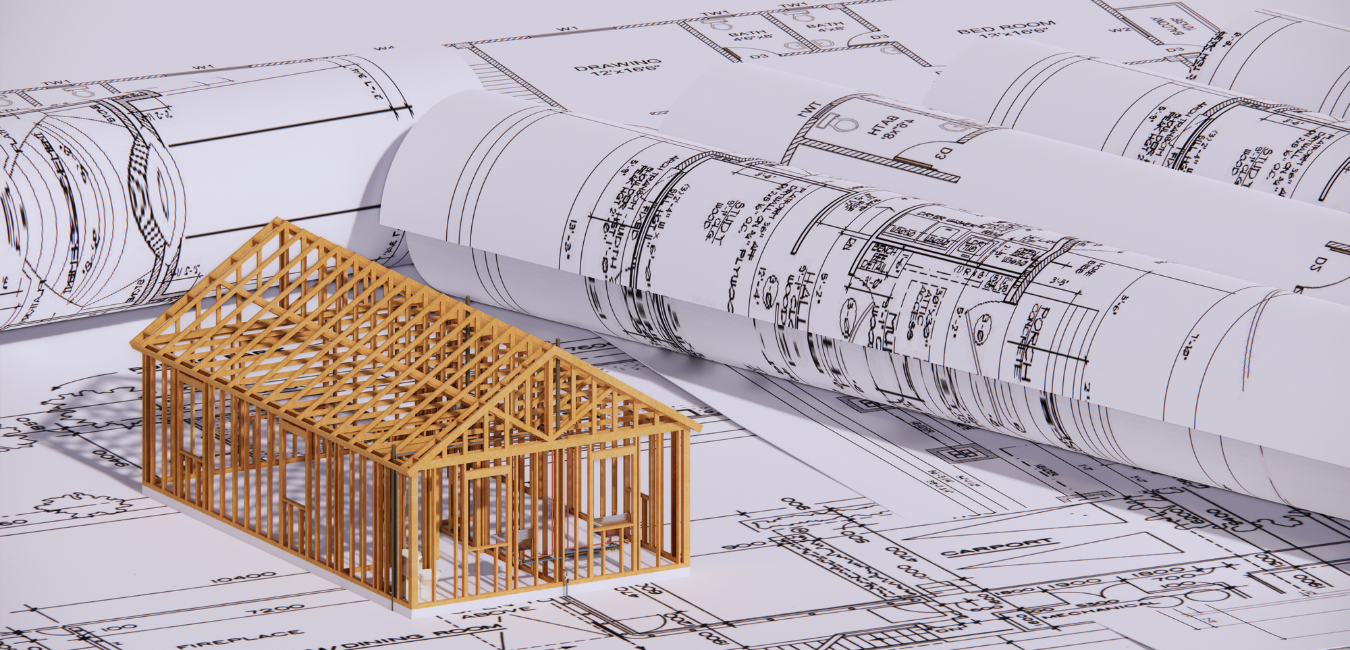Leading Factors to Pick CDA Architects for Your Residential or Commercial Layouts
Leading Factors to Pick CDA Architects for Your Residential or Commercial Layouts
Blog Article
The Necessary Role of an Engineer in Shaping Lasting Urban Environments for Future Generations
The function of an architect in crafting lasting metropolitan atmospheres is significantly crucial in replying to the difficulties of climate adjustment and urbanization. By perfectly integrating eco-friendly concepts into their styles, designers not just improve the aesthetic and useful top quality of city areas but also address pushing concerns such as power effectiveness and social equity. Their experience in ingenious products and community engagement forms advancements that reverberate with neighborhood worths and ambitions. As we explore the complexities of this area additionally, it ends up being noticeable that the future of city living may hinge on the actual practices designers use today.
Understanding Sustainable Urban Layout
Sustainable city layout incorporates eco-friendly concepts with city planning to produce atmospheres that are not just livable but likewise durable. This strategy highlights the significance of including natural systems right into the city material, ensuring that advancement fulfills the needs of today without jeopardizing the capability of future generations to fulfill their own requirements. Crucial element of sustainable urban style include efficient land use, the promotion of biodiversity, and the combination of eco-friendly areas, all of which add to boosted high quality of life for locals.
Additionally, sustainable city design focuses on the reduction of the metropolitan heat island impact, enhanced air high quality, and effective stormwater administration. It encourages using renewable energies and energy-efficient structure methods, which considerably lower carbon footprints. Sustainable urban style promotes social equity by developing obtainable public spaces and promoting mixed-use growths that provide to varied populaces.
With thoughtful planning and innovative design techniques, sustainable city settings can improve neighborhood resilience against environment modification while promoting economic development. This holistic strategy not only addresses prompt metropolitan difficulties however additionally prepares for healthier, more lasting cities for generations to come.
Key Duties of Architects
Engineers play a crucial function in forming sustainable city environments by converting design principles into concrete frameworks and spaces. Their duties incorporate a variety of tasks that contribute to the total success of metropolitan style projects.
Most importantly, designers carry out complete site evaluations to understand the environmental, social, and cultural context of their projects. This fundamental understanding notifies their design choices, making certain that structures integrate with their environments. They additionally participate in collaborative processes with stakeholders, including city coordinators, designers, and the area, cultivating a comprehensive approach to city development.
In addition, designers are entrusted with developing layouts that enhance energy effectiveness, resource preservation, and functionality. They need to adhere to regional zoning legislations, building codes, and sustainability accreditations, guaranteeing conformity while pushing the borders of development.

Cutting-edge Products and Techniques
In the pursuit of ecologically liable layout, innovative products and strategies have become essential aspects in the production of lasting urban environments. Architects are progressively utilizing materials that decrease environmental influence while improving energy effectiveness. Recycled products, such as redeemed timber and repurposed metals, not just reduce waste yet also add one-of-a-kind visual high qualities to frameworks.
Furthermore, improvements in innovation have brought about the growth of high-performance materials, such as insulated concrete types (ICFs) and photovoltaic or pv glass, which add to power conservation and harness renewable power. Strategies such as easy solar layout and green roofing systems better exemplify just how style can balance with natural systems, minimizing dependence on synthetic cooling and heating.
Moreover, the integration of wise materials, which adapt to ecological modifications, uses encouraging avenues for enhancing structure efficiency - cda architects. These materials can react to temperature changes or moisture levels, enhancing comfort and sustainability
Eventually, the critical selection and application of ingenious products and strategies empower architects to produce city rooms that are not just useful and aesthetically pleasing but additionally resistant and ecologically accountable, ensuring a sustainable future for generations to find.
Community Interaction and Collaboration
The success of innovative products and strategies in lasting metropolitan style is significantly boosted by energetic area interaction and cooperation. Architects should recognize that the constructed setting exceptionally influences the lives of regional residents, making it crucial to include them in the style procedure. Involving the community cultivates a feeling of ownership and accountability, making sure that advancements not just fulfill visual and functional needs yet also reflect the worths and goals of those who occupy them.
:max_bytes(150000):strip_icc()/Buildingdesigns-GettyImages-912482942-db55b3af711044a3a42ad1040c6711a9.jpg)
Successful neighborhood involvement also helps in prioritizing social equity within city growth. By considering the voices of marginalized populations, designers can create spaces that are inclusive and equitable. By doing this, community interaction and cooperation become indispensable to accomplishing truly lasting city environments that offer the needs of current and future generations.
Future Patterns in Lasting Design

In addition, innovations in technology are forming future fads in sustainable design. The combination of smart products and building systems enables real-time energy administration, enhancing effectiveness and reducing carbon footprints. Innovations such as environment-friendly roofing systems, living wall surfaces, and energy-generating facades are coming next to be basic methods, even more advertising environmental equilibrium within metropolitan environments.
In addition, a shift in the direction of biophilic style is getting grip, emphasizing the link between nature and human health. By integrating natural aspects, engineers develop areas that foster mental health while advertising biodiversity.
Verdict
To conclude, engineers are pivotal in progressing lasting urban settings through their competence Discover More in design, innovative products, and neighborhood involvement. By prioritizing power effectiveness and source conservation, these specialists add to the creation of durable city areas that satisfy the demands of existing and future generations - cda architects. The combination of ecological principles not just improves livability but likewise cultivates social equity, guaranteeing developments reverberate with the values and goals of the areas they serve
Report this page